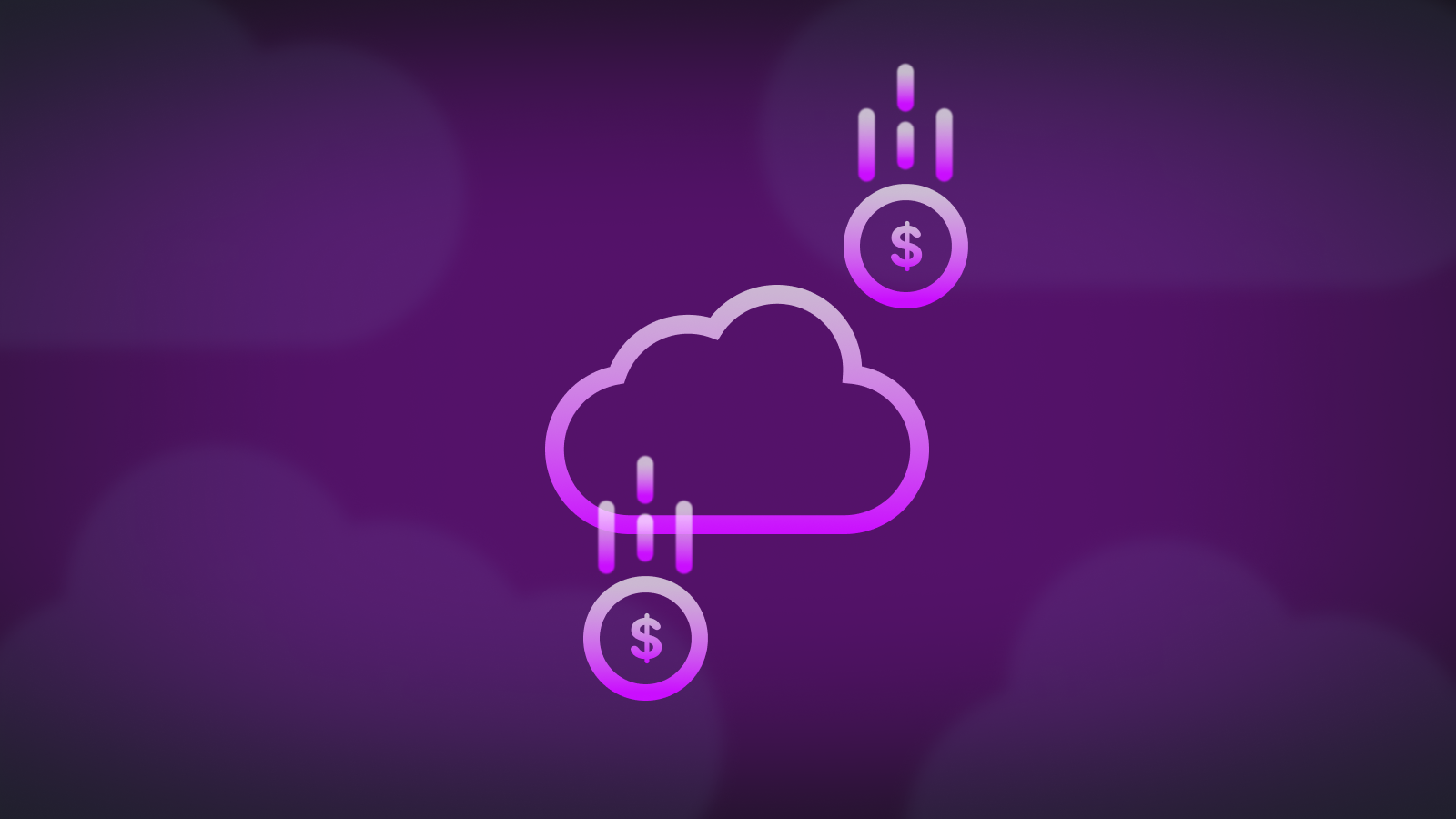Deciphering the Cloud Storage Maze: A Research-Driven Guide to Pricing Comparison in 2024
The world of cloud storage can feel like a labyrinth, with countless providers vying for your attention, each promising the best deal. But how do you navigate this complex landscape and choose the right service for your research needs? This article provides a comprehensive analysis of cloud storage pricing, empowering you with the knowledge to make an informed decision.
Why is understanding cloud storage pricing so crucial for researchers in 2024? With the exponential growth of data in research fields, secure, accessible, and affordable storage is no longer a luxury but a necessity. Whether you’re dealing with genomic sequences, astronomical images, or social science datasets, your cloud storage choice directly impacts your research budget and efficiency. This guide delves into the intricacies of pricing models, analyzes the top providers, and offers practical tips for optimizing your storage costs.
Breaking Down the Cloud Storage Pricing Puzzle
Storage Costs: This is the most obvious factor. Providers typically charge a monthly or annual fee based on the amount of storage you use, usually measured in gigabytes (GB) or terabytes (TB).
Data Transfer Costs: Beware of hidden fees! Some providers charge for uploading or downloading data, also known as egress fees. This can significantly impact your budget if you frequently access or share large datasets.
API Request Costs: If you’re using scripts or applications to interact with your cloud storage, you might incur costs for API requests. These are small charges for each operation performed, such as uploading, downloading, or deleting files.
Data Retrieval Costs: Some providers have different storage tiers with varying retrieval fees. “Cold” storage is cheaper for data you rarely access, but retrieving it can be more expensive and time-consuming.
Additional Features: Consider the cost of features like data encryption, versioning, and collaboration tools. These can add to your overall expenses, but they might be essential for your research needs.
Unmasking the Titans: A Comparative Analysis of Leading Providers
- Amazon S3: A giant in the field, Amazon S3 offers a pay-as-you-go model with tiered pricing based on storage class, retrieval frequency, and data transfer. While incredibly flexible, its cloud storage can be daunting for beginners.
-
- My experience: I’ve used S3 extensively for storing large datasets and found its scalability invaluable. However, managing costs requires careful monitoring and optimization.
- Google Cloud Storage: Similar to S3, Google Cloud Storage provides a wide array of storage classes and pricing options. Its integration with other Google services is a major plus for researchers already using tools like Google Drive or Colab.
-
- My experience: I appreciate the user-friendly interface and seamless integration with the Google ecosystem. However, I’ve noticed that egress fees can add up quickly if not managed carefully.
- Microsoft Azure Blob Storage: Another strong contender, Azure offers competitive pricing and excellent integration with Microsoft tools. Its block blob storage is particularly well-suited for large files and unstructured data common in research.
-
- My experience: While I haven’t used Azure as extensively as AWS or Google Cloud, I’ve found it to be a reliable and cost-effective option for specific research projects.
- Backblaze B2: Known for its simplicity and affordability, Backblaze B2 offers straightforward pricing with no hidden fees for data transfer or API requests. It’s a popular choice for researchers seeking a cost-effective solution for backups and archiving.
-
- My experience: I’ve recommended Backblaze B2 to colleagues looking for a simple and affordable solution for long-term data storage.
- Dropbox: While primarily known for file sharing, Dropbox also offers generous storage plans suitable for individual researchers or small teams. Its user-friendly interface and seamless synchronization across devices are major advantages.
-
- My experience: I use Dropbox for personal file storage and collaboration and appreciate its ease of use and cross-platform compatibility.
Beyond the Price Tag: Factors to Consider
- Data Security and Compliance: Ensure the provider meets your research’s security and compliance requirements, especially when dealing with sensitive data.
- Scalability and Performance: Choose a provider that can scale with your growing storage needs and offers the performance required for your research workflows.
- Integration with Research Tools: Consider how well the storage service integrates with the tools and software you use in your research.
- Support and Documentation: Look for a provider with excellent customer support and comprehensive documentation to assist you when needed.
Tips for Optimizing Your Cloud Storage Costs
- Choose the Right Storage Class: Don’t overspend on high-performance storage for data you rarely access. Utilize different storage tiers based on your data access patterns.
- Compress Your Data: Reduce your storage footprint and costs by compressing your data before uploading it to the cloud.
- Monitor Your Usage: Keep track of your storage consumption and data transfer to avoid unexpected costs. Many providers offer tools to help you monitor and optimize your usage.
- Leverage Free Tiers: Take advantage of free storage tiers offered by some providers for small projects or testing purposes.
- Consider Data Lifecycle Management: Implement policies to automatically move or delete data based on its age or relevance to further reduce costs.
By carefully considering these factors and implementing cost optimization strategies, you can effectively navigate the cloud storage landscape and choose the best solution for your research needs.
